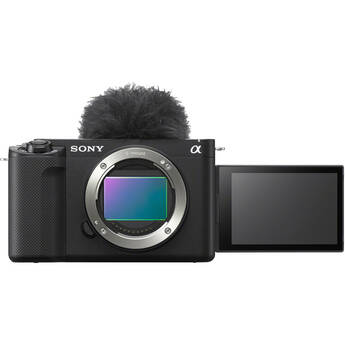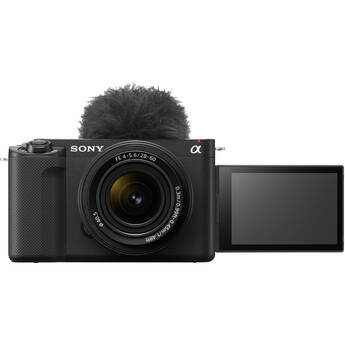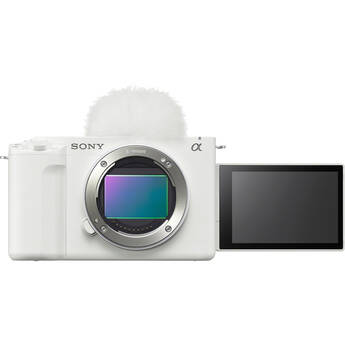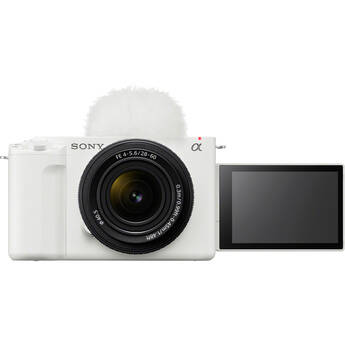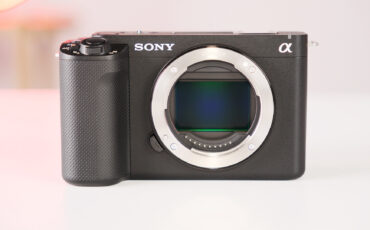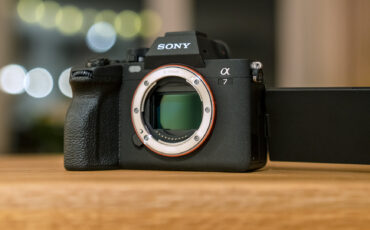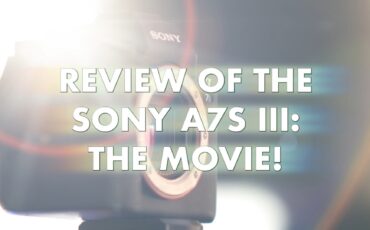Sony ZV-E1 Review – Sony a7S III Lowlight Capabilities, Enhanced Autofocus and Powerful AI
Restriction-free music courtesy of Epidemic Sound. Sign up here: Epidemic
The Sony ZV-E1 full-frame vlogging camera is here and apart from Sony a7S III’s low light capabilities, it also brings enhanced autofocus performance and some interesting AI functionality to the table. Let’s take a closer look!
We had the Sony ZV-E1 camera at our CineD HQ for a relatively short time, but nonetheless, I’m confident I have a comprehensive view of what this camera offers and the key elements that make it a unique filming tool, especially for those who like to be and talk in front of a camera.
Before I continue, here’s a spoiler: I can say with confidence that the Sony ZV-E1 inherited many of the a7S III filming capabilities, but, took it a step further by enhancing its autofocus performance, and even more importantly, added a dedicated AI processor like the one found in the a7R V that does wonders in many ways.
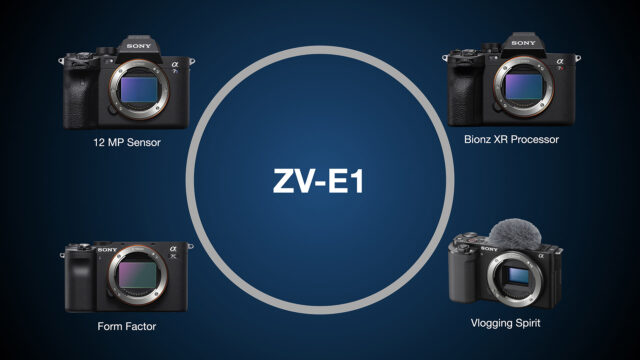
Sony ZV-E1 – the heritage
But first things first. What Sony did with the new camera is a bit of a mix-and-match. The 12-megapixel imaging sensor comes from the a7S III, and the Bionz XR imaging processor is the same as the one found in the a7R V, the a7 IV, the a1, and a7S III. The vlogging spirit comes from Sony’s ZV series of cameras, and the form factor is very similar to the A7C, making it an extremely compact and the most lightweight full-frame camera I’ve ever worked with.
Doug Jensen's Sony FX6 Camera Master Class
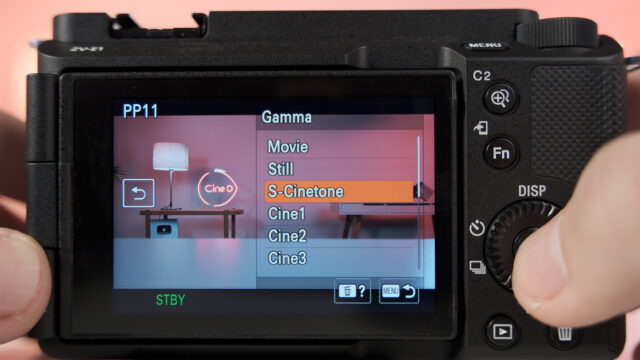
Specification highlights
Diving a bit deeper into the specification and features, here is what one can expect from this new camera:
- Full frame up to 4K/60p with no crop factor
- Cropped 4K/120p and full HD/240p capabilities will be added to the camera around June with a free firmware update
- 10-bit, 4:2:2 All Intra recording
- S-Cinetone next to S-Log picture profile recording
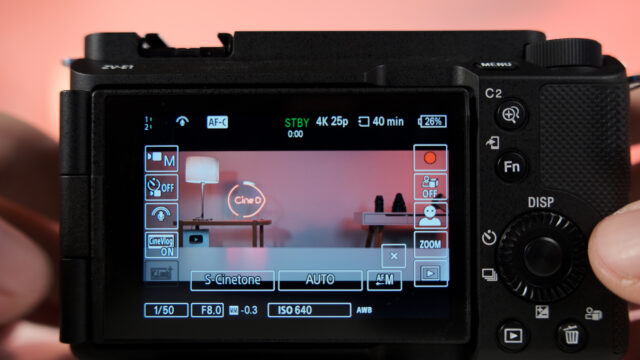
In fact, there is a new Cinematic Vlog setting that automatically sets the camera to record in 4K 16×9, but with black bars for imitating 2.35.1 cinematic aspect ratio, 24p or 25p depending on the camera region settings, and the default look is S-Cinetone, but this can be changed in the menu to one of the 4 additional “looks” and 4 “moods” presets for creating “instant” “cinematic expression”.
One thing that I want to highlight about this cinematic Vlog mode and other camera functionalities in general, is how easy it is to access by simply choosing and clicking on it on the LCD screen. Sony did extremely well in taking some of the key features of this camera out of the menu and adding them to the screen for very fast and comfortable access.
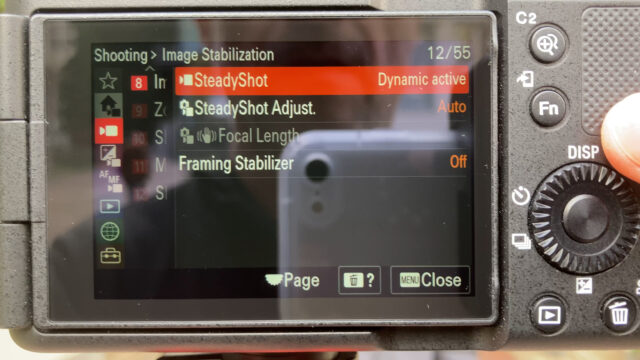
When it comes to stabilizing modes, next to its already existing settings, Sony added a new Dynamic active mode which lets you crop the image even further and by that, do an even better-stabilizing job.
By the way, to power it all, Sony is finally using the NP-FZ100 battery, the same one that can be found in its more advanced mirrorless cameras.
Sony ZV-E1 – strengths
OK, let me concentrate on the strengths of this camera and I’ll start with its lowlight capabilities as the sensor is the same as the one found in the a7S III.
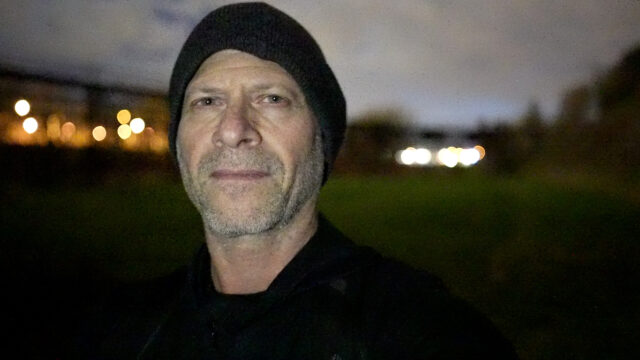
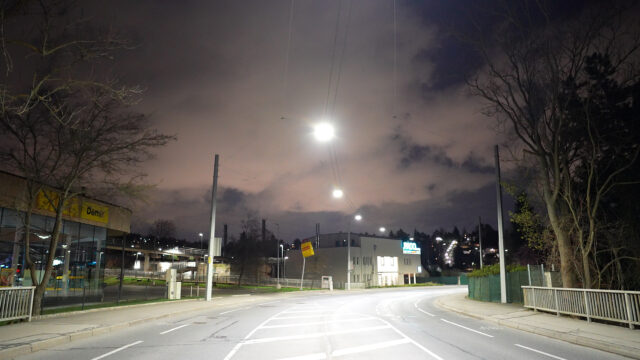
Officially it is not a dual ISO camera, but one can clearly see that like with the a7S III, ISO 640 and ISO 12,800 are the cleanest. Even the rolling shutter performance of both cameras is similar. As for the dynamic range, please head to the newly added ZV-E1 Lab Test in our ever-growing databases section.
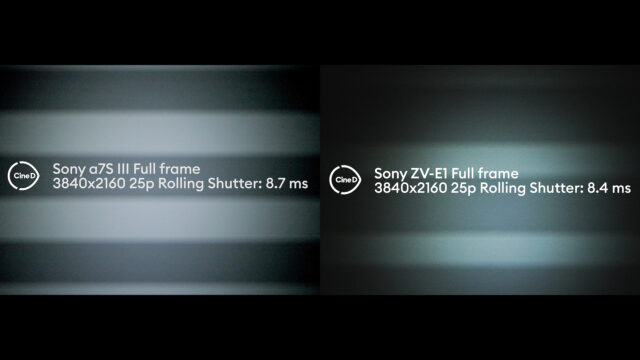
Sony added a few new recognized subjects (Bird, Car/Train, Airplane, Insects) and this makes the autofocus even more usable. It is simply working very well, be it when using the new “bokeh switch” to highlight a product, or, even when hiding the face altogether. The camera will simply stay where it was set to last without losing orientation.
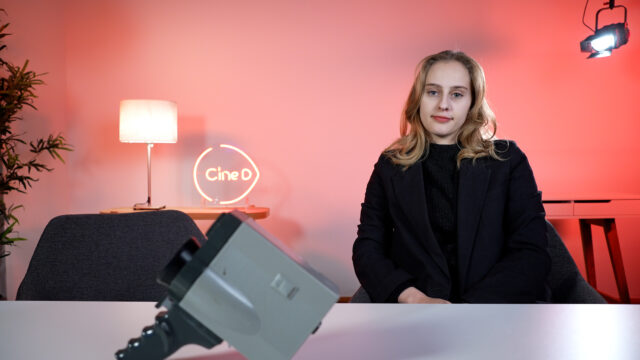
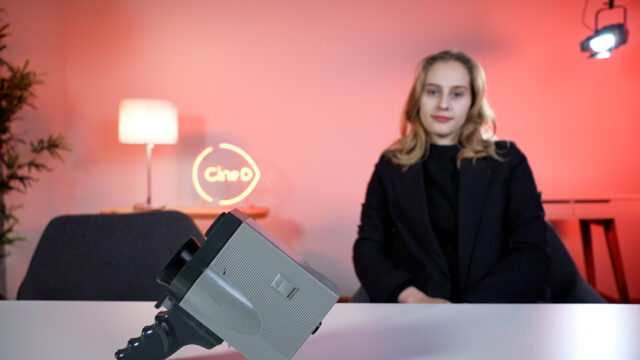
Another thing, that works well is the new focus breathing compensation. Changing focus points between objects is very clean and smooth.
But the really big news here is the new camera AI functionality and I would like to mention two things:
- The first is “framing stabilizer”. In this mode, the camera will attempt to keep the subject of filming in the center, regardless of where it is really positioned.
- The second is “auto framing”. When this function is engaged, the camera can crop automatically into the frame making the video more dynamic.
You can actually turn this function “on” inside the camera, and “off” in case you are recording simultaneously to an external recorder. By doing so, you can get a “master clip”, too.
Needless to say that the amount of cropping or the speed of changing framing, can be adjusted in the camera menu.
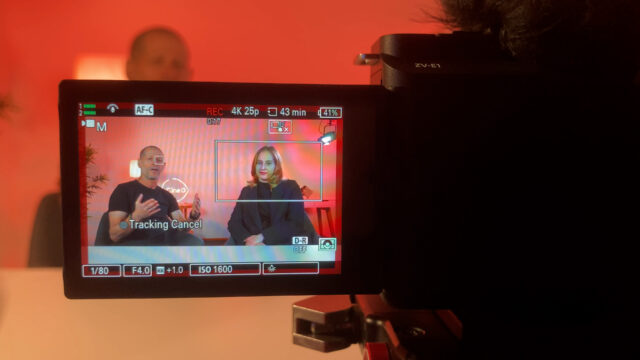
The same goes for recording an interview. The operator can touch the screen and change the framing between talking heads.
What can be improved?
No camera is perfect and please allow me to share my concerns with you:
Maybe the biggest one is overheating. I was surprised to see how fast the camera reaches the point that it had to shut off on standard mode, so I definitely recommend using the “high” settings for gaining additional recording time.
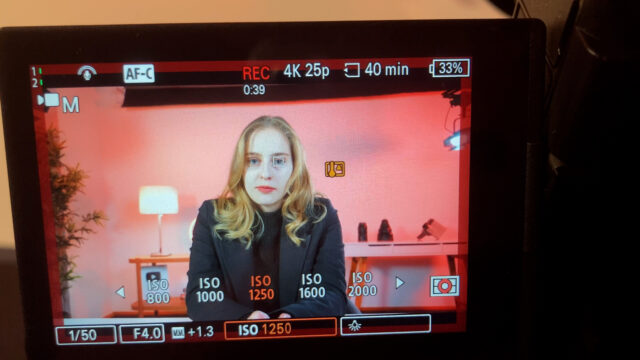
Next is audio quality. I have to be careful here as I’m not sure if the camera I have is somehow defective, but in any case, when setting the camera to record audio coming from the front, the amount of hiss made the audio not usable. Changing “Audio Out Timing” to “Lip Sync” made the situation better, but the higher you go up with the recording levels, the more this phenomenon is evident.
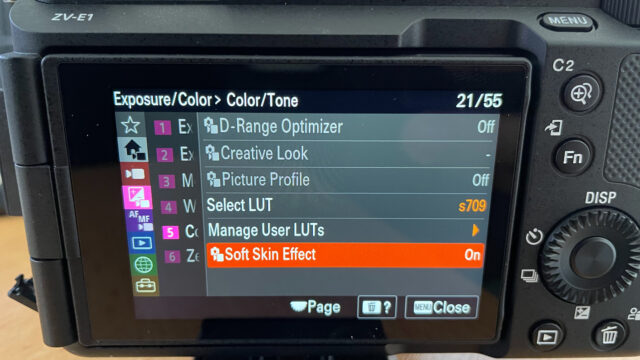
Last but not least, when using “M” mode for video recording, please be aware that the “Soft skin” setting is turned “on” by default. Although this feature is popular in some world regions, it might not be for everyone, so I hope that Sony can change this with a firmware update.
Conclusion
Sony did a good job with this camera by balancing the camera performance, its usability, and features for the targeted vlogger audience. Like with the a7S III, the lowlight capabilities are insane and the AI “tricks” are working very well without the feeling of losing any significant image quality. Personally, I’m missing an EVF for greater filming flexibility, but I guess I am an old fashion operator here…
One question that must be asked is: Where does this new camera put the a7S III which is 1,300 Euro/dollars more expensive? And my answer is, maybe not in such a good place. True, the a7S III might be a more advanced camera in some ways by targeting filmmakers but looking at the complete package I’m not so sure that the 1,300 Euro/dollars price difference between the two cameras is justified and this might put the a7S III in a difficult sales position.
Pricing and availability
The camera will be shipping during April and be sold for € 2,005/$2.198 body only, or, € 2,435/$2.498 with a 28-60mm F/4-5.6 kit lens.
What is your opinion about the new Sony ZV-E1 camera? Would you consider getting it as a companion to any of your other Sony cameras? Please share with us your thoughts in the comment section below
